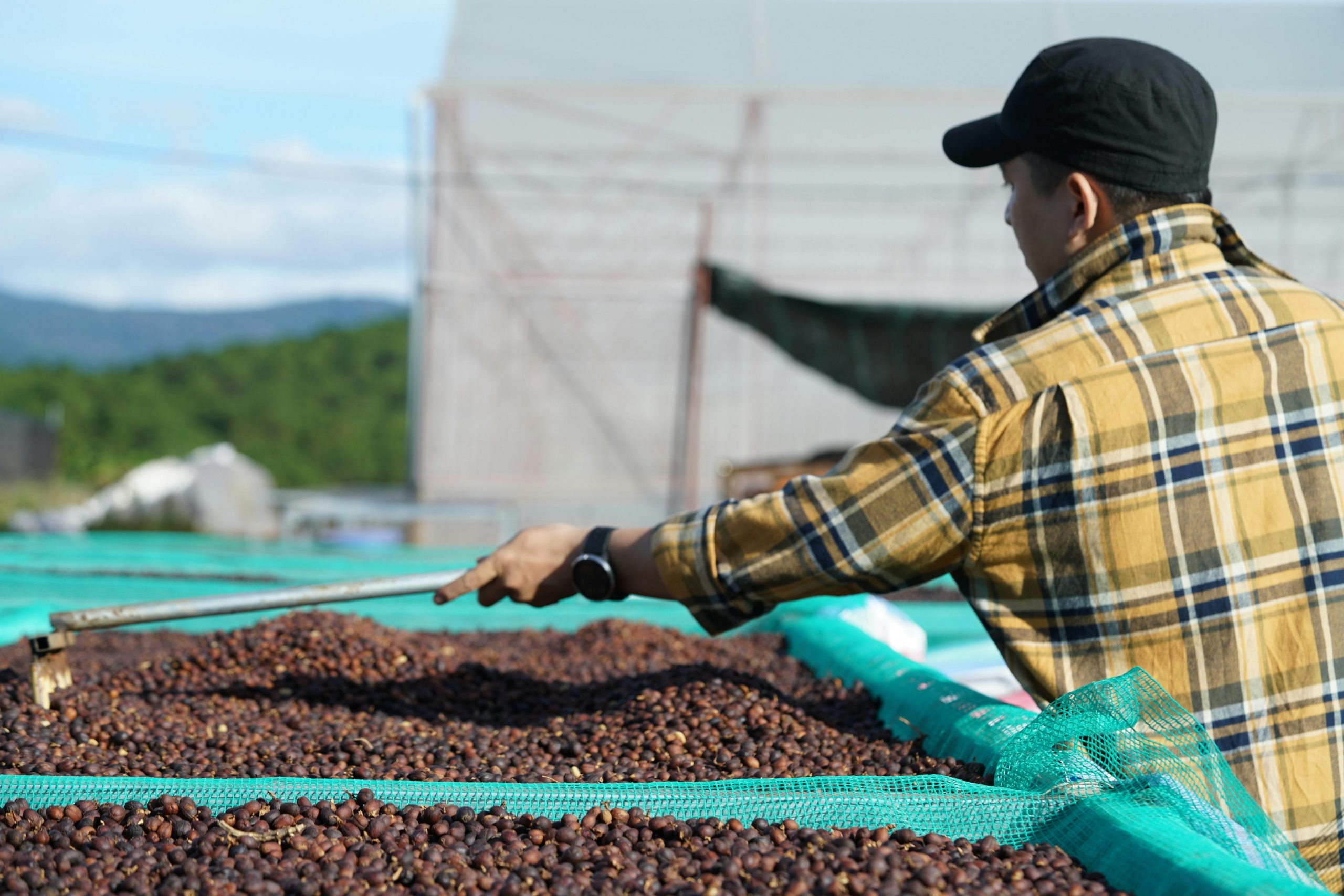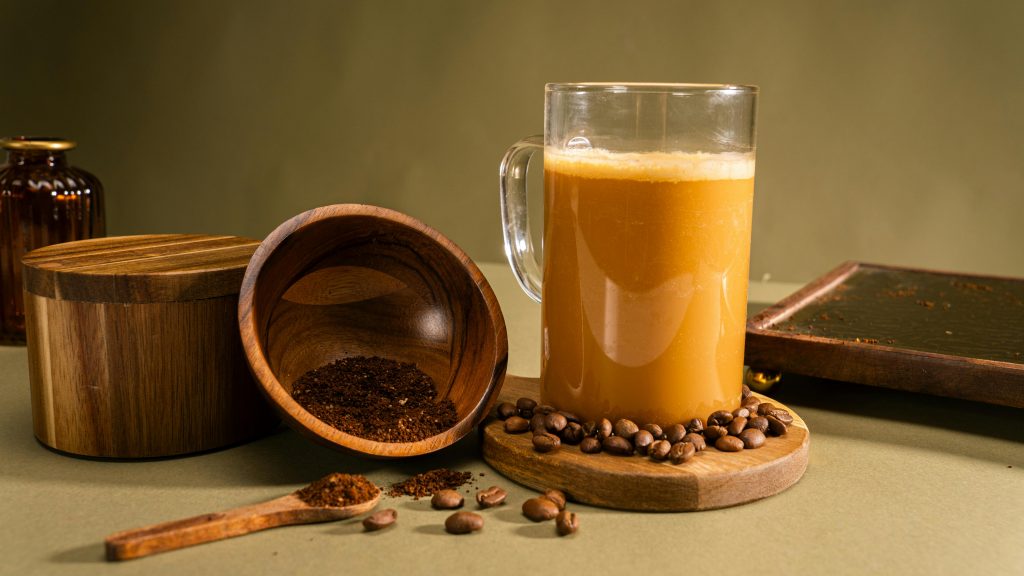
Colombia has long been recognized as one of the world’s top coffee producers—and for good reason. Among coffee-producing nations in Latin America and the Caribbean, Colombia stands out as the second-largest, just behind Brazil. Each year, Colombia yields over eleven million 60-kilogram bags of coffee, contributing significantly to its economy with a production value that exceeds 10 trillion Colombian pesos. But beyond the numbers lies a culture, a landscape, and a way of life built around the coffee bean.
At the heart of it all is the Coffee Triangle, or Eje Cafetero—a region in the central Andes where coffee isn’t just grown, it’s celebrated. Known for its lush hills, traditional farming practices, and scenic towns, the Coffee Triangle is where travelers can taste some of the finest Arabica beans, explore hands-on coffee tours, and discover what makes Colombian coffee so globally revered.
If you’re a coffee lover—or simply curious about how one of the world’s most beloved beverages goes from farm to cup—this guide will show you exactly where to go, what to try, and how to experience the best coffee Colombia has to offer.
What Is the Coffee Triangle?
The Coffee Triangle is made up of three main departments (or states):
- Caldas (capital: Manizales)
- Quindío (capital: Armenia)
- Risaralda (capital: Pereira)
These three areas form a geographical triangle in Colombia’s central region. It’s a UNESCO-recognized Coffee Cultural Landscape, a designation that acknowledges the area’s unique blend of natural beauty, coffee production, and local traditions.
Why Is Coffee from the Triangle So Special?

Colombian coffee has earned a stellar reputation worldwide, and the Coffee Triangle is the crown jewel of that reputation. But what exactly makes beans from this region stand out from the rest? It comes down to a powerful combination of geography, climate, soil, tradition, and passion. Here’s a closer look:
Ideal Climate: Nature’s Perfect Recipe for Coffee
The Coffee Triangle sits at an elevation of roughly 1,200 to 2,000 meters above sea level, right in the so-called coffee belt—a latitudinal zone that wraps around the globe and offers the best conditions for growing Arabica coffee, the higher-quality cousin to Robusta.
In this region, coffee plants thrive thanks to:
- Warm daytime temperatures that encourage steady growth
- Cooler nighttime temperatures that slow ripening and allow sugars to develop
- Frequent, misty rainfall that hydrates plants and supports deep root systems
- Defined wet and dry seasons, which help regulate flowering and fruiting cycles
This high-altitude, balanced climate doesn’t just support healthy coffee plants—it also influences flavor. Beans grown in higher elevations often exhibit more acidity, complexity, and floral or fruity notes, which are especially prized in specialty coffee.
Volcanic Soil: A Natural Flavor Enhancer
The Coffee Triangle lies in a volcanic zone, with many farms located near dormant or extinct volcanoes such as Nevado del Ruiz. Over centuries, volcanic activity enriched the soil with minerals like potassium, phosphorus, and magnesium, which play a critical role in plant health and bean development.
Volcanic soil offers:
- Superior drainage, preventing overwatering and root diseases
- Nutrient-dense content, which supports complex bean chemistry
- Naturally acidic pH, ideal for Arabica cultivation
These soil characteristics directly impact flavor. Beans from volcanic soils tend to have bright acidity, full-bodied structure, and distinct taste notes—think red berries, chocolate, and citrus.
Handpicked Tradition: Quality Over Speed
One of the most unique aspects of Colombian coffee production, especially in the Triangle, is the manual harvesting process. Unlike industrial-scale farms in other parts of the world that use mechanical pickers, farmers here still handpick each coffee cherry—a meticulous and labor-intensive method.
Why does this matter?
- Selective harvesting ensures only ripe cherries are picked, which improves consistency and quality.
- Skilled laborers, known as cafeteros, are trained to identify optimal ripeness by color and feel.
- Multiple passes over the same tree are often required, as not all cherries ripen at once.
This dedication to handpicking means fewer underripe or overripe cherries enter the production chain, resulting in a cleaner cup, balanced flavor, and better bean grading.
Family-Owned Farms: Passion in Every Bean
The majority of coffee farms in the Coffee Triangle are small-scale and family-owned, often passed down through generations. Instead of focusing on mass production, these families prioritize craftsmanship, sustainability, and quality control.
Here’s what makes their model so impactful:
- Smaller lots allow for closer monitoring of plant health, soil conditions, and fermentation processes.
- Direct relationships with buyers or cooperatives foster transparency and traceability.
- Community knowledge ensures that traditional growing and processing methods are preserved, often blended with modern innovations.
Because these farmers take immense pride in their craft, many are now part of specialty coffee movements, producing microlots and experimenting with fermentation techniques like honey or natural processing. That kind of attention to detail shows up in every sip.
Best Towns to Visit for Coffee Lovers

If you’re planning a trip through the Coffee Triangle, don’t just stick to the capital cities. The real magic happens in the small towns and fincas (farms).
1. Salento – The Poster Town of Coffee Tourism
Salento is one of the most iconic towns in the Coffee Triangle—and it lives up to the hype. With colorful colonial buildings, cobblestone streets, and lush mountain views, it perfectly blends coffee culture with natural beauty.
What to Do:
- Coffee Farms: Tour fincas like Finca El Ocaso and Don Elias, where you can walk through the plantation, learn the full bean-to-cup process, and enjoy fresh brews made right where the beans are grown.
- Cocora Valley: Just outside town, this breathtaking valley is home to the world’s tallest palm trees—the wax palm, Colombia’s national tree. It’s a favorite spot for hiking and horseback riding.
- Café Culture: The town square and side streets are lined with charming cafés and specialty coffee shops. Baristas here are proud of their craft, and you’ll often find beans roasted on-site.
Must-try café: Café Jesús Martín – A pioneer in Salento’s specialty coffee scene, known for expertly roasted local beans and barista-level espresso drinks.
2. Filandia – Salento’s Quieter Cousin
Located just 40 minutes from Salento, Filandia offers a similar aesthetic but a more peaceful, less touristy experience. It’s ideal if you want to enjoy coffee culture without the crowds.
What to Explore:
- Traditional Charm: The town’s vibrant architecture and slower pace are perfect for a relaxed stroll. Shops and cafés have a strong artisan feel.
- Artisan Roasters: Visit Helena Adentro for a fusion of culinary flair and specialty coffee, or try Cultivar Café, a local favorite focused on high-elevation, single-origin brews.
- Mirador Colina Iluminada: Climb the lookout tower for sweeping views of coffee plantations and the Andes—it’s a great photo op and an even better place for a cup of joe at sunset.
Insider tip: Filandia has one of the best-preserved colonial town squares in the region—bring your camera.
3. Pijao – Colombia’s First “Cittaslow” Town
Tucked away in the foothills of Quindío, Pijao is a hidden gem with a strong focus on sustainability and intentional living. It’s the first Latin American town to join the Cittaslow movement, which celebrates slow travel and local culture.
What Makes It Special:
- Eco-Conscious Coffee Farms: Many fincas here use organic or agroecological methods, focusing on harmony with nature and responsible farming. Tours often include in-depth conversations with the farmers themselves.
- Relaxed Atmosphere: With no fast food chains or commercial noise, Pijao is a place to slow down, enjoy the scenery, and engage deeply with the community.
- Unique Perspective: Pijao gives travelers a chance to see coffee as a way of life, not just a drink. It’s also a place to learn about biodiversity, permaculture, and community resilience.
Best for: Travelers looking for authenticity, environmental consciousness, and meaningful interaction.
4. Manizales – Coffee with a Side of Culture
Unlike the smaller pueblos, Manizales is a full-fledged city—but it’s one deeply rooted in coffee history. As the capital of Caldas, it offers a more urban experience with easy access to coffee farms and educational centers.
Top Things to Do:
- National Coffee Fair: Held annually, this celebration brings together growers, roasters, and coffee lovers for workshops, competitions, and tastings.
- Recinto del Pensamiento: More than just a coffee park, this destination combines a botanical garden, butterfly sanctuary, birdwatching areas, and a coffee museum—ideal for travelers wanting an interactive coffee and nature experience.
- Urban Cafés: The café scene in Manizales is modern and sophisticated. Spots like Café La Terraza pair gourmet coffee with views of the surrounding mountains and skyline.
Added bonus: Manizales also has a vibrant student population and lively cultural events, so there’s plenty to do beyond coffee.
Where Can You Tour Coffee Farms?
Coffee tourism is thriving here, and farm tours are a top attraction. Here’s a breakdown of what to expect and where to go:
What Happens on a Coffee Farm Tour?
Most tours include:
- A walk through the plantation
- Explanation of how beans are grown, harvested, and processed
- A demonstration of traditional drying and roasting
- Hands-on brewing or cupping sessions
- Fresh coffee tastings
Top Coffee Farms to Visit
| Farm | Location | Why Visit? |
| Finca El Ocaso | Salento | Scenic tours and traditional processing |
| Hacienda Venecia | Manizales | Full-scale coffee resort with barista classes |
| Café San Alberto | Buenavista, Quindío | Luxury tastings, award-winning beans |
| Finca Momota | Filandia | Eco-conscious and intimate tour experience |
| Recuca | Near Armenia | Interactive, theatrical coffee tour with costumes |
What Does Coffee Taste Like in This Region?
Colombian coffee from the Triangle is often described as:
- Medium-bodied
- Bright acidity
- Sweet notes like red fruits, caramel, and honey
- Aromatic, with floral or citrus overtones
Local farmers are increasingly experimenting with processing methods (washed, honey, natural) to create unique flavor profiles.
Pro Tip: Ask for the method of processing and altitude to better understand the taste of your brew.
Best Time to Visit the Coffee Triangle
The Coffee Triangle is beautiful year-round, but timing can affect what you experience.
Coffee Harvest Seasons
- Main harvest: September to December
- Secondary harvest (Mitaca): April to June
Visiting during harvest means you’ll see ripe coffee cherries being picked, drying patios full of beans, and farms in full swing.
Weather and Travel Tips
- Average temperatures range from 17°C to 25°C (63°F to 77°F).
- Bring light layers, especially if visiting mountainous areas.
- Rain is common, so carry a waterproof jacket or umbrella.
What Else Can You Do in the Coffee Triangle?
It’s not just about coffee. The region is also rich in biodiversity, culture, and adventure.
Other Activities Worth Exploring
- Hiking: Trails in Los Nevados National Park or Cocora Valley
- Thermal baths: Natural hot springs in Santa Rosa de Cabal
- Butterfly gardens and orchid farms
- Horseback riding through plantations and mountain trails
- Colombian cuisine: Try local dishes like bandeja paisa and arepas at traditional eateries
How to Get to the Coffee Triangle
You can fly into any of the three major cities:
- Pereira (PEI)
- Armenia (AXM)
- Manizales (MZL)
From there, it’s easy to rent a car or take buses to smaller towns. If you’re short on time, Pereira is the most central hub with lots of transportation options.
Local tip: Public transport is reliable, but if you want to explore rural fincas, having a car can be more convenient.
How to Support Local Coffee Culture
Visiting the Coffee Triangle isn’t just about sipping a great cup—it’s about supporting a centuries-old tradition. Here’s how to do it responsibly:
- Buy directly from farms instead of international chains.
- Choose independent cafés that source from nearby producers.
- Take a tour that emphasizes education and sustainability.
- Tip guides and workers fairly—it’s often their primary income.
- Bring beans home and share the story with others.
Final Brew: Why You’ll Fall in Love with the Coffee Triangle
Whether you’re a specialty coffee geek, a curious traveler, or just someone who loves a fresh cup with a view, the Coffee Triangle offers something magical. Beyond the caffeine, it’s about the people, process, and passion behind each cup.
You’ll leave with not just bags of beans but a deeper appreciation for how coffee shapes culture, landscape, and identity in Colombia. And yes—your morning routine will never be the same.
Quick Travel Tips for Coffee Lovers in Colombia
- Language: Spanish is widely spoken. Knowing a few basic phrases goes a long way.
- Currency: Colombian peso (COP). Carry cash in rural areas.
- Connectivity: Wi-Fi is available in most towns, but expect limited signal on farms.
- Safety: The region is very safe for travelers, but always use common sense.
- Souvenirs: Don’t leave without a bag (or three) of freshly roasted beans.
In Summary: Where to Find the Best Coffee in Colombia?
To wrap it up, if you’re hunting down the best coffee in Colombia, the Coffee Triangle is where your journey begins:
- Salento for iconic landscapes and cozy cafés
- Filandia for a quiet, artsy atmosphere
- Pijao for sustainable, slow-living vibes
- Manizales for cultural depth and urban flavor
And for a deep dive into the bean-to-brew journey, tour farms like El Ocaso, San Alberto, and Hacienda Venecia. You’ll come back not only with great memories—but possibly a stronger addiction to high-quality Colombian coffee.


